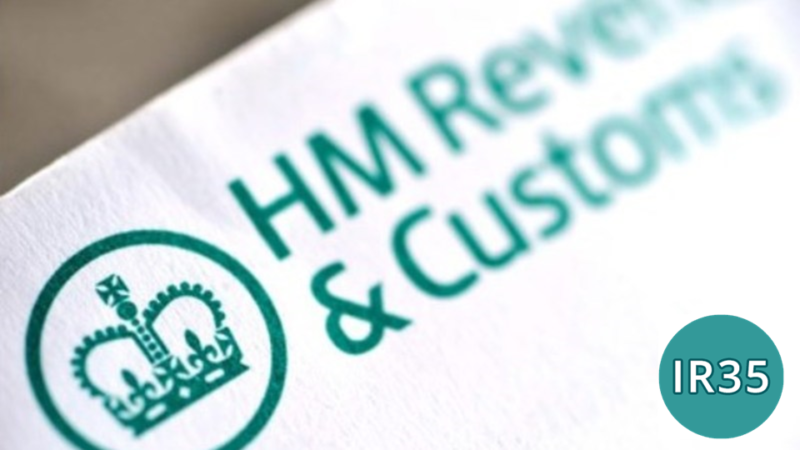If you cast your mind back to March this year, you may remember Lorraine Kelly is in the news for avoiding a £1.2m tax bill from HMRC. HMRC claimed that Lorraine should be ‘inside IR35’, which would class her as an employee and therefore mean she should be paying income tax and National Insurance.
So what is IR35?
IR35 is legislation designed to stop workers fraudulently claiming to be contractors for tax benefits. It is designed to stop workers using an intermediary, such as a limited company, to pay less tax when they should instead be employed directly by the client they are working for and treated as an employee.
Lorraine won her case to say she is ‘outside IR35′. She argued that she was a freelancer, as she decides on the content of her show, does not receive sick pay or a pension from ITV and has no guarantee that her contract will be renewed.
What’s changing?
Just to be clear, the criteria surrounding who is considered an employee for IR35 purposes is not changing; the only change is the party who determines this. Also, there are plenty of people – the majority of the market – who are safely outside IR35, and for them, April 2020 is business as usual.
From April 2020, private sector clients will be responsible for assessing whether contractors are self-employed by applying the IR35 criteria. This shifts the responsibility and risk, which has always been that of the contractor, onto the end client. The change in legislation excludes engagements with small companies, where contractors will continue to determine their own IR35 status. It also excludes sole traders.
The problem with IR35 determinations is that it is so subjective, you can never be too sure whether you are safe or not. HMRC have produced the online CEST tool which can be used to determine your IR35 status. However, when CEST was used in Lorraine Kelly’s case, the results said she would be ‘inside IR35’, which was then successfully contested. HMRC reiterated: ‘we will stand by the CEST result if it is completed correctly and in line with the guidance’. This is a claim that was disproven recently when HMRC attempted to have evidence derived from CEST struck out of an IR35 tribunal case.
In short, the criteria is unclear and the CEST tool does not take into consideration some key factors, mainly Mutuality of Obligation (MOO). The ruling on Lorraine’s case shows the importance of looking into professional IR35 advice and protection. If you have any concerns, we work closely with a specialist tax adviser who is able to help clients that think IR35 may be a problem for them.
 Investment
Investment Trustee
Trustee

